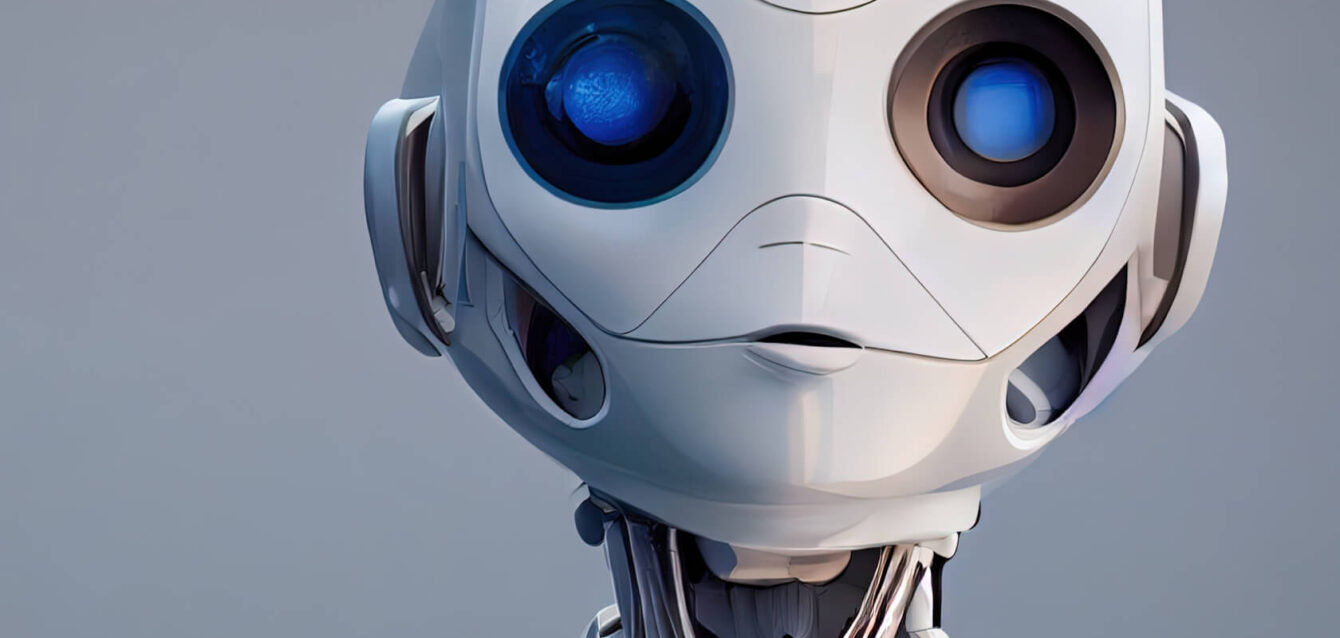In a modern manufacturing plant, robotic arms work side by side with human operators, each complementing the other’s strengths. While machines handle repetitive or precise tasks without breaking a sweat, humans oversee the creative and strategic elements, ensuring quality and safety. This scenario captures a core trend in today’s world: the convergence of Artificial Intelligence (AI) and robotics to shape a new era of automation and collaboration.
The Synergy of AI and Robotics
Traditionally, robots excelled at repetitive tasks in controlled environments, guided by rigid programming. Over the last decade, however, AI has infused these mechanical devices with the ability to learn, adapt, and make decisions. Elon Musk, CEO of Tesla and SpaceX, once remarked:
“Robots will be able to do everything better than us.”
While his statement stirs debate, it underscores the transformative potential of adding AI-driven intelligence to robotic systems.
Neural networks and machine learning algorithms are at the heart of this revolution. Instead of following fixed scripts, AI-powered robots can interpret visual data, recognize speech, or detect anomalies in real time. This opens the door for advanced applications—from self-driving vehicles to warehousing systems where robots can swiftly reorganize inventory in response to shifting demands.
Real-World Transformations
- Manufacturing: Factories increasingly rely on “cobots”—collaborative robots designed to operate safely alongside humans. These machines handle tasks such as welding or assembly while human partners focus on innovation and problem-solving.
- Healthcare: Surgical robots, guided by AI-enhanced imaging, now assist in complex medical procedures. Surgeons benefit from more stable, precise movements, and patients often enjoy quicker recoveries.
- Service Industry: Restaurants and retail establishments experiment with robotic assistants to greet customers, deliver orders, and even prepare food. AI algorithms help these robots understand and respond to fluctuating customer flow.
- Agriculture: Automated harvesters powered by computer vision can identify and pick ripe produce with minimal waste, helping farmers address labor shortages and boost efficiency.
Rodney Brooks, co-founder of iRobot and former director of the MIT Artificial Intelligence Lab, has emphasized the importance of practicality in robotics:
“The real challenge is not building the robots, but making them do what we want them to do.”
This challenge becomes easier to tackle as AI refines the way machines perceive and interact with their environments.
The Rise of Human-Robot Collaboration
Although robots are rapidly becoming more adept, they’re not replacing humans so much as reshaping job roles. Factories of the past were designed around segregated robotic cells, but modern workplaces integrate humans and robots in shared spaces. This partnership can increase productivity, reduce repetitive strain injuries, and free up workers for more cognitively engaging tasks.
A notable example is the automotive industry: automotive manufacturers leverage AI-driven robots to handle hazardous tasks like painting, while human workers focus on inspection and continuous improvement. The synergy not only boosts output but also elevates job satisfaction—humans have the final say in creative decisions, while the robots excel at tasks that demand unfaltering precision.
Balancing Ethics and Efficiency
As robots gain more autonomy, concerns about privacy, job displacement, and safety are brought to the forefront. Intelligent drones or patrol robots might be used for surveillance, raising ethical questions about data collection and consent. In warehouse settings, AI-based tracking systems can increase productivity but also intensify employee monitoring, prompting calls for robust labor protections.
Melonee Wise, CEO of Fetch Robotics, has addressed the balance between innovation and responsibility:
“As robots become an integral part of our daily lives, we must ensure they serve us ethically and safely.”
Her comment encapsulates the broader imperative to craft guidelines, regulations, and corporate policies that preserve individual rights while propelling progress.
The Path Ahead
Looking forward, we’re likely to see:
- Greater Personalization: Consumer robots (think home assistants and delivery drones) tailored to individual needs.
- Expanded Applications: Advanced AI will push robotics into sectors once deemed too unpredictable, including disaster relief and frontline healthcare.
- Enhanced Sensory Capabilities: Next-generation robots may detect scents or minute temperature changes, enabling them to perform tasks requiring a heightened level of perception.
Society stands at the threshold of a new age in which AI-powered robots are woven into the fabric of everyday life. Maintaining a human-centric approach—where machines enhance rather than overshadow human capabilities—will be key to ensuring these innovations translate into broader societal gains.
“The real challenge is not building the robots, but making them do what we want them to do.” — Rodney Brooks
In the end, it’s not just about perfecting the technology, but about fostering a responsible partnership between humans and robots. By combining AI’s computational brilliance with our own creativity and values, we open doors to safer workplaces, better healthcare, and groundbreaking solutions to the world’s most pressing challenges.






